The big three financial reports – income statement, balance sheet, and cash flow statement – are crucial to every business manager regardless of their business size. The income statement (or P&L) provides a summary of an organization’s revenue, expenses, and income across a certain period of time. It gives a clear view of how the business is doing over that timeframe. The balance sheet gives a point-in-time measure of the company’s overall financial health, listing all the company’s assets and liabilities, which will show the amount of owner’s equity in the business. The cash flow statement shows a company’s cash inflows and outflows over a specified time showing how the business generates and uses cash from its operating, investing, and financing activities.
Business owners and managers need to understand, and use, these valuable reports. By looking backward at company performance, managers can make decisions about how to move forward. They can track revenue, expenses, cash flows, and debt management over time, and the results of these reports will help them make strategic management decisions.
But these financial statements are backward-looking. Using only these tools to manage a business is like driving a car by only looking in the rearview mirror. While it’s important to know what’s behind you, it is arguably more important to see what’s ahead. These reports should inform a manager’s future forecasts, as they factor in both internal and external factors on the horizon. One way business leaders do this is by generating and following an annual budget. Annual budgets provide guidance on timing and justification for business decisions. But since none of us have crystal balls, and the future lacks certainty, while we do our best to adhere to an annual budget, we must continually update expectations based on the timeliest information.
The 13-week cash flow forecast is an essential, yet often overlooked, financial management tool for small and mid-sized businesses (SMBs). This report provides a quarterly, forward-looking snapshot of a company’s liquidity and cash position to help business owners and financial managers make informed decisions about business spending.
While an annual budget is crucial for long-term financial planning, the 13-week cash flow forecast supports day-to-day decision-making. The two tools work in tandem to ensure a company’s financial stability by helping businesses track their performance against annual targets while identifying areas that require adjustment. Regularly updating the cash flow forecast allows businesses to remain agile and responsive to evolving market conditions or unexpected expenses. The insights gained from the 13-week cash flow forecast will inform annual budgeting processes and ensure that long-term financial goals align with short-term realities. With both short-term cash flow forecasting and annual budgeting, businesses enjoy the best of both worlds: a flexible, responsive financial management approach that also supports long-term growth and stability.
By forecasting one quarter at a time, businesses get a near real-time perspective of their financial health, allowing for quick identification of potential cash shortfalls or surpluses; and enabling managers to adjust their financial strategies and react to market changes, such as shifts in customer demand or supplier pricing. By understanding their cash position, business leaders can make more informed choices about investments, inventory management, and expense control. The forecast’s deeper level of granularity reveals trends and potential beyond rolled-up historical financial statements.
A 13-week cash flow forecast is a financial management tool that helps businesses project their cash inflows and outflows over one fiscal quarter. Here are six steps to help create a cash flow forecast for your business:
For a more detailed look at the use of the 13 week cash flow model, check out our Future Planning: Crisis Assessment and Actions Workbook well as our downloadable 13-week model